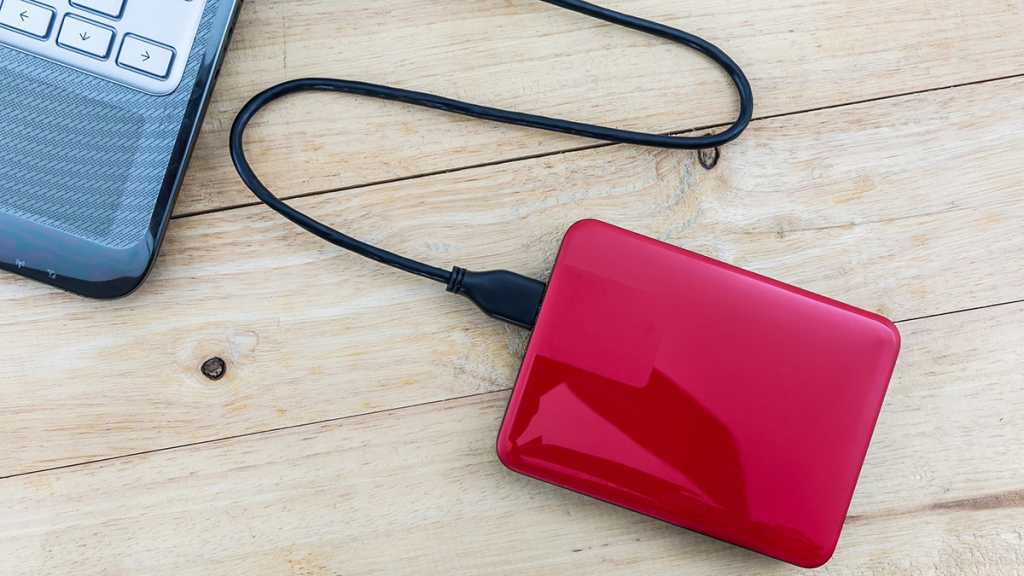I would suggest that the starting point is to confirm where your data is now using Windows Explorer. If your D: drive is empty then it should be on the C: drive, which will be your computers internal drive. As others have said, it's best to have your data on the internal (C drive as it operates faster than an external drive. So, if it's not already on the C: drive and, provided you have enough free space on the C: drive, start by copying your data to it. Once you have your data on the C: drive then you can set up an automated back-up to one of your external drives. As I remember (I'm a Mac user these days) these are likely to appear as your D: (and, if you have both connected E
drive as it operates faster than an external drive. So, if it's not already on the C: drive and, provided you have enough free space on the C: drive, start by copying your data to it. Once you have your data on the C: drive then you can set up an automated back-up to one of your external drives. As I remember (I'm a Mac user these days) these are likely to appear as your D: (and, if you have both connected E drive.
drive.
You'll need some automated back-up software. This will run in the background and you can set a specific time or timed interval for it to back up any changed files since the last time it checked for files to back up. It can also give you incremental back ups where previous versions of the same file are kept. Some software will also back up your system files, so in the event of a internal drive failure. you can still run the computer and access all your files and then restore them back to a new internal drive. If you've ever had a internal drive failure you'll appreciate this functionality.
To use this, you would need to have your external drive connected and running permanently, or at least make sure it was connected whenever the timed backups take place. As a Mac user I'm not up with the latest automated back up applications for Windows. Hopefully someone on the forum can make a recommendation for you. Alternatively, PC World's article here will also give you some backup software options:

 www.pcworld.com
www.pcworld.com
As to which external drive to use, as they're both a similar size, I would say it doesn't matter too much. However, the failure rate of hard drives increases the more they are used, so the new one is more likely to go longer before it fails.
Hope this is helpful Delia.
How do I do that... and should I use the new one?
You'll need some automated back-up software. This will run in the background and you can set a specific time or timed interval for it to back up any changed files since the last time it checked for files to back up. It can also give you incremental back ups where previous versions of the same file are kept. Some software will also back up your system files, so in the event of a internal drive failure. you can still run the computer and access all your files and then restore them back to a new internal drive. If you've ever had a internal drive failure you'll appreciate this functionality.
To use this, you would need to have your external drive connected and running permanently, or at least make sure it was connected whenever the timed backups take place. As a Mac user I'm not up with the latest automated back up applications for Windows. Hopefully someone on the forum can make a recommendation for you. Alternatively, PC World's article here will also give you some backup software options:

Best Windows backup software 2021: Free and paid options reviewed
The best free and paid backup software for your Windows system, disks, and data.
As to which external drive to use, as they're both a similar size, I would say it doesn't matter too much. However, the failure rate of hard drives increases the more they are used, so the new one is more likely to go longer before it fails.
Hope this is helpful Delia.









